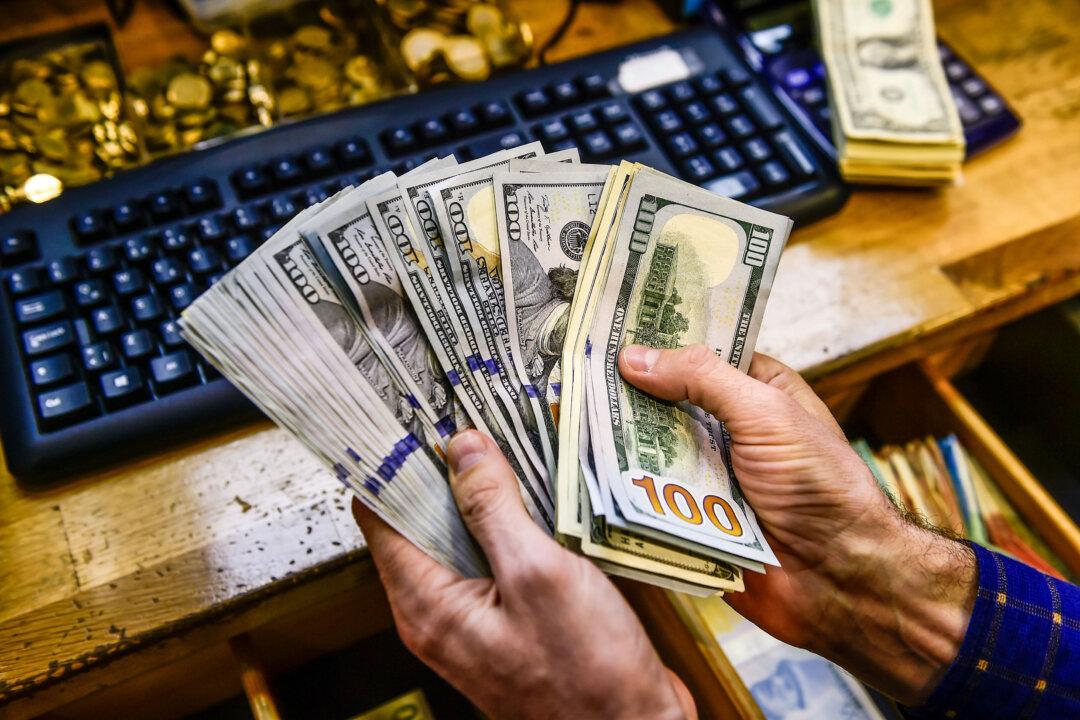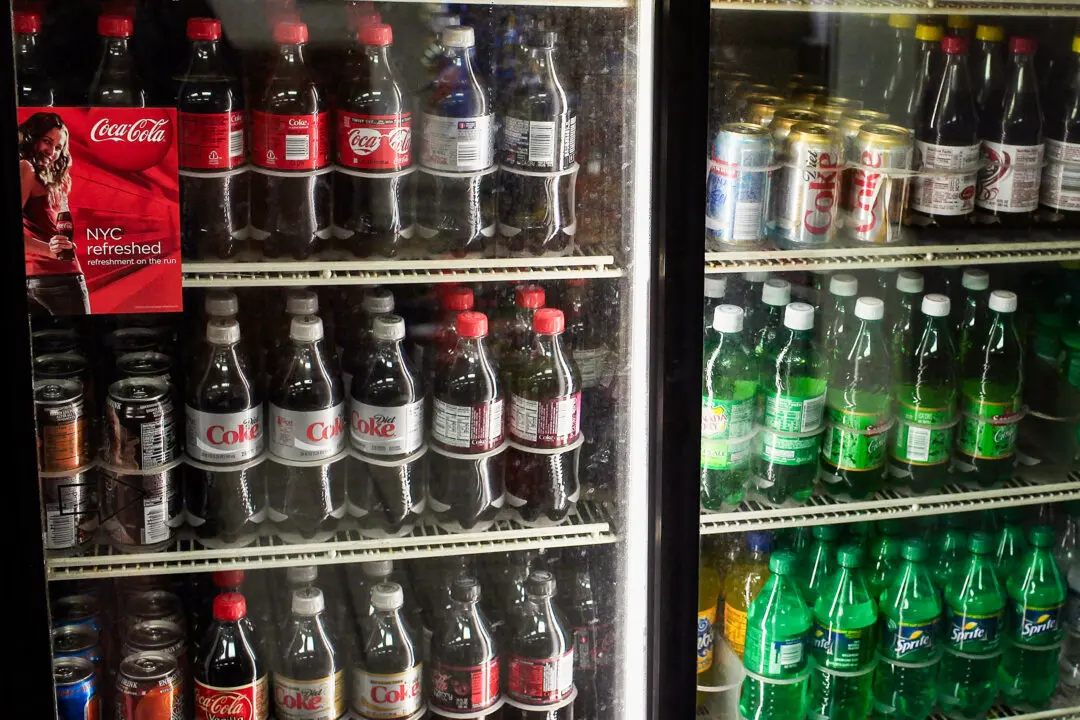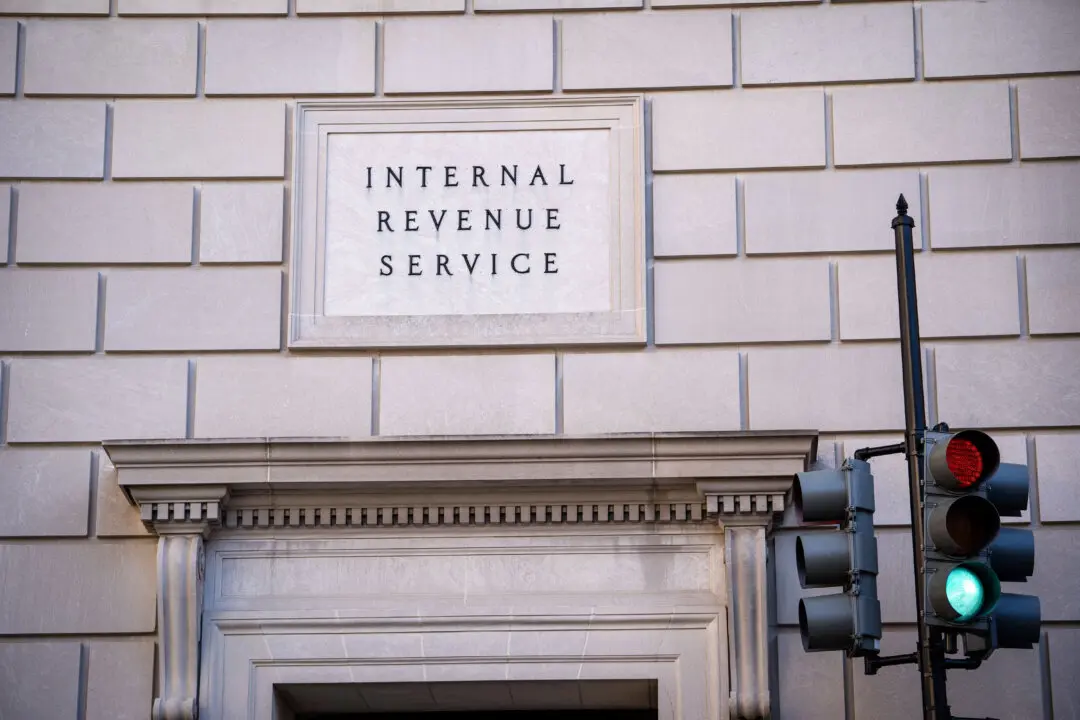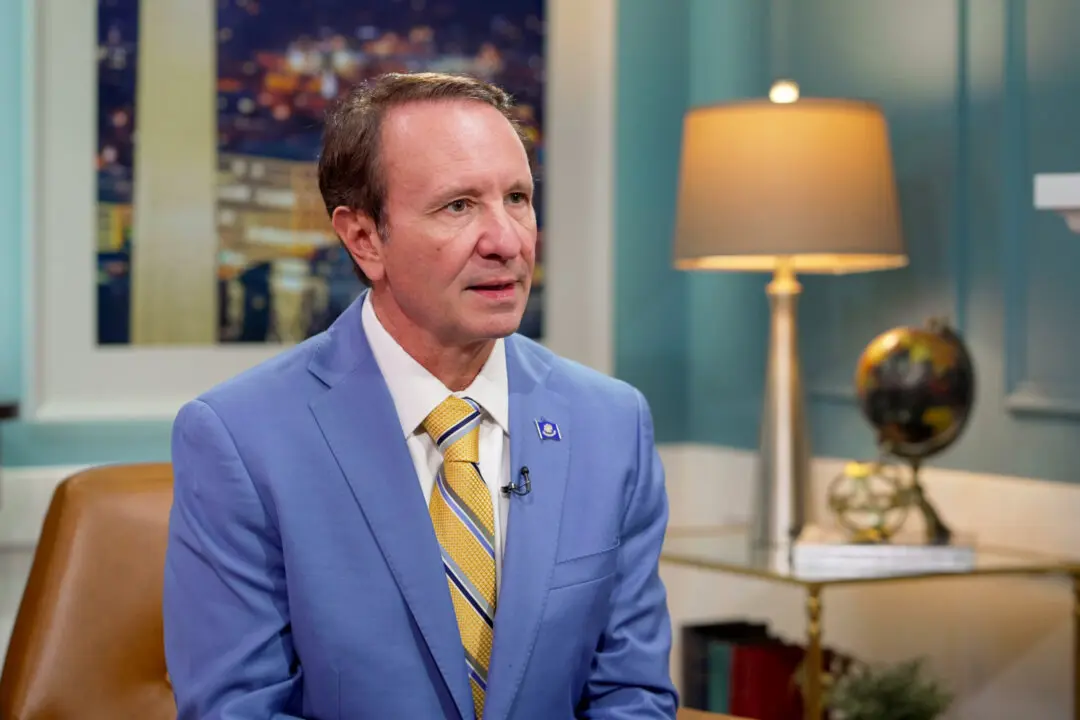A sizable number of Americans have seen their emergency savings rise in 2025 compared with last year, but a significant proportion continue to face difficulties meeting emergency expenses from their savings alone, according to a recent report from consumer services company Bankrate.
“Nearly 1 in 3 (30 percent) of U.S. adults have more emergency savings now than they did a year ago,” the company stated in the Feb. 13 emergency savings survey report. This is the same share as in 2024, and is up from 26 percent in 2023. The annual survey, taken in January, was conducted among more than 1,000 people.





